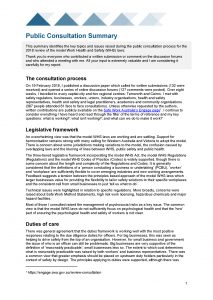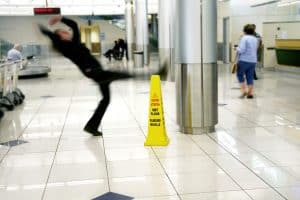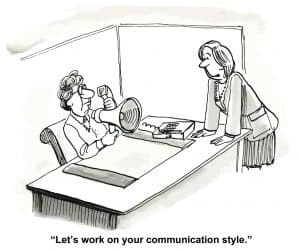 The Independent Review of Model WHS Laws being conducted by Marie Boland released a Public Consultation Summary on August 17 2018. Boland lists the concerns raised with her as including:
The Independent Review of Model WHS Laws being conducted by Marie Boland released a Public Consultation Summary on August 17 2018. Boland lists the concerns raised with her as including:
“the blurring of lines between WHS [work health and safety], public safety and public health”
“The length and complexity of the Regulations and Codes”

 Below is the list of occupational health and safety (OHS) issues for the next three years, put to the Australian Council of Trade Unions and passed, at its
Below is the list of occupational health and safety (OHS) issues for the next three years, put to the Australian Council of Trade Unions and passed, at its  Governments use legislation and the threat of punishment as a deterrent for dangerous actions and poor decision-making. Imposing harsh consequences is hoped to change the behaviour of companies and individuals. Occupational health and safety (OHS) laws are no different with deterrence being used to justify the introduction and enforcement of
Governments use legislation and the threat of punishment as a deterrent for dangerous actions and poor decision-making. Imposing harsh consequences is hoped to change the behaviour of companies and individuals. Occupational health and safety (OHS) laws are no different with deterrence being used to justify the introduction and enforcement of  South Australia’s occupational health and safety (OHS) regulator,
South Australia’s occupational health and safety (OHS) regulator,  Safe Work Australia’s
Safe Work Australia’s  A SafetyAtWorkBlog reader emailed me this question:
A SafetyAtWorkBlog reader emailed me this question: It is important to note that “
It is important to note that “